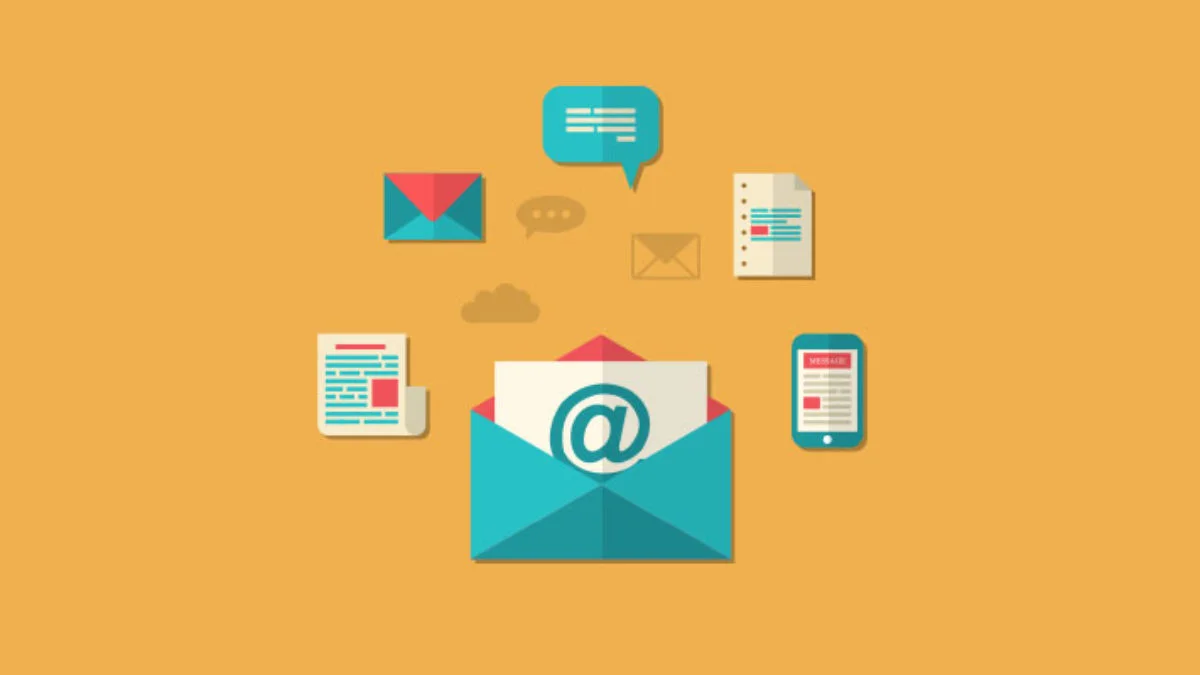Hello!
Email marketing is recognized as the marketing channel with the highest ROI (Return-On-Investment). According to different statistics and studies, email marketing has an average ROI from 3,800% to 4,200%. Yes, you’ve read well those numbers. In other words, this means that for any $ spent on email marketing, you can expect to get 38 to 42$ back. This is without any doubt that We can ensure having great email marketing campaigns is crucial.
Don't get me wrong. Getting this kind of ROI is not a piece of cake and won't happen overnight. There are many strategies to escalate your sales and have a positive ROI. Email marketing is definitely one of them. Email marketing should not be worked by itself but should be part of an overall inbound marketing strategy. The main goal of email marketing is to convert your leads into sales. Thanks to content marketing tactics coupled with SEO and a social media strategy you implemented, you should generate leads. Emails are here to close those leads into sales. Having a great email marketing strategy is what can bring your sales and conversions to the roof. We can guarantee you that having an effective email strategy can prevent your startup to fail and will help you make it succeed. This is what this guide is going to show you today.
 Now more than ever, it has become imperative to craft well thought out and carefully planned email marketing campaigns. As more and more consumers use and check their emails on a daily basis, it is a must to understand how the process works and how to carry out proven strategies.
Now more than ever, it has become imperative to craft well thought out and carefully planned email marketing campaigns. As more and more consumers use and check their emails on a daily basis, it is a must to understand how the process works and how to carry out proven strategies.
While it may seem easy to just blurt out and write down the words you want to say, there is actually so much more to email marketing campaign than what meets the eyes. You will not get a great ROI without an astounding email marketing policy.
We always recommend to the startups we work with to craft an email marketing strategy as early as possible. Don't wait for it because this will take you some time. If you are building a startup from nothing, this is perfect, start to work on your emails now. If you are not an early-stage startup anymore but don't have an email marketing plan in place, today is the time to start.
There are several pointers you have to remember to ensure that you create emails that will catch the interest of your target audience which can lead to more sales and higher return on investment. This is what we are going to show you today. We want to show you the process and the steps you need to follow in order to create efficient and effective email marketing campaigns.
Choose an email marketing tool
Because email marketing became very important, many great tools (Also called Email Service Provider = ESP) exist to manage your email marketing campaigns. All these tools have similar email marketing features and all of them has their own benefits and specification.
We are not here to compare the tools but we are here to help you create your own great email marketing campaigns. So, what we are going to do is give you a short list of great email marketing tools and you can choose the one that fit your needs the best. Don’t worry, you can find many articles on the Internet comparing these tools.
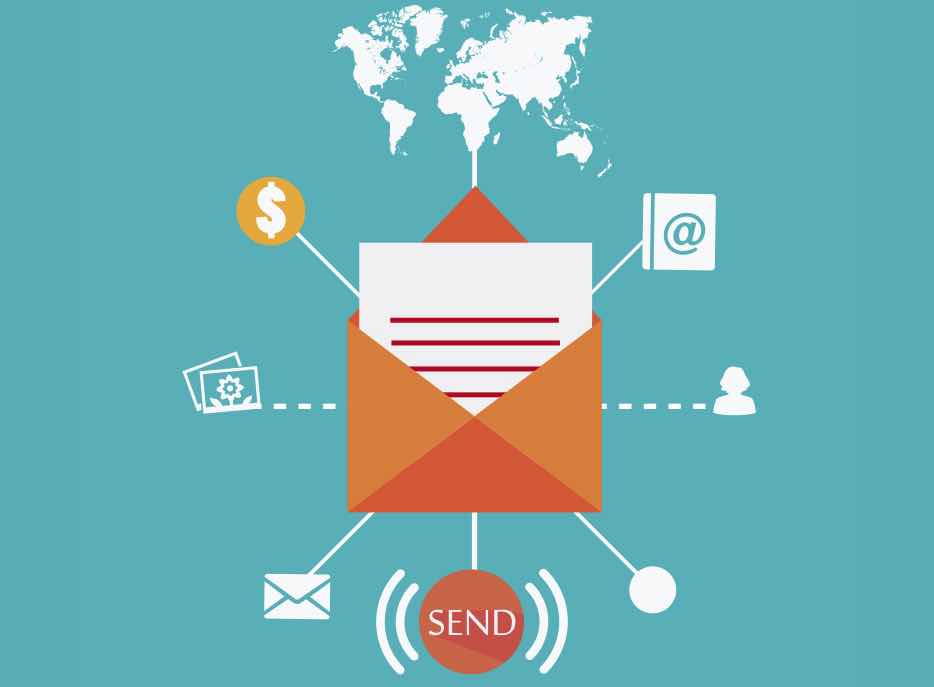 We are sure you will find the right fit:
We are sure you will find the right fit:
- MailChimp
- Mailjet
- AWeber
- Brevo
- Benchmark
- SendBlaster (www.sendblaster.com/)
- GetResponse
- MailerLite
- ReachMail
- …
You have a great choice of email marketing tools available. These were just a few examples but you have got many other free or paid marketing and growth hackings tools you can use. It's important that you choose one to automate your process, A/B test your emails, analyze your campaigns and more. You will be able to do all the tasks we are going to mention below thanks to these tools; so choose wisely.
Get Permission
As far as email marketing is concerned, there is one thing you have to do before anything else and that is getting the permission of your customers, readers, subscribers or audience. Emails sent out randomly and to all names included in your database, with no expressed request from clients, are often considered as spam. These will most likely end up in the trash bin. Moreover, if plenty of recipients marks your emails as spam, this will have a negative effect on your overall email marketing campaign.
Why? Because emails’ providers like Gmail or Outlook will monitor these and then flag your emails as spams and will send most of your future emails directly in the spam boxes. The deliverability and therefore the efficiency of your emails will decrease if you don’t get permission.
If you want to avoid this, you have to start by building a solid list for your email marketing. This is what we are going to see.
There are different ways to do it. Among the best ways is through giving away something valuable for free. It could be a valuable coupon for their next purchase, a free e-book or a giveaway. With this, you can provide a good amount of incentive to your potential customer and at the same time, offer them great value in exchange for their email address.
You might also want to offer product updates or regular tips or even a simple newsletter as a form of incentive for getting them sign up. There are also stores, which ask their customers if they prefer to be included on the mailing list to get first-hand information on upcoming promotions. No matter what method you choose, it is always important to explain a clear purpose for your email list as well as a strong call to action.
Be careful to email scraping and cold emails
Email scraping or also called email harvesting (Meaning getting a lot of emails from websites like LinkedIn, YellowPages, directories, databases or any other websites you want to scrap emails from) will allow you to get thousands of emails very fast. Then, this technique is often used to send bulk emails to the new emails’ addresses you collected.
Email scraping becomes more and more popular but we usually recommend against it (Especially if you are not experienced with it). A lot of so-called growth hackers will tell you to do it and tell you this is what growth hacking is all about. We totally disagree. In the growth hacking definition, we talked about an entrepreneur who contacted us and explained that he wanted millions of emails of interested people for his product. We had to explain to him that growth hacking is a process rather than simple and cheap tactics. Growth hacking is more complex and the spectrum is much wider than simply scraping emails and then sending cold emails.
 Email scraping and cold emails might have a good short-term effect because you might make some sales but this will have a negative effect on the long run. For instance, if you send 20,000 emails to people that didn’t allow you to contact them; you might make a few sales if your email is well-written and your offer is attractive but most people will flag you as a spammer. Therefore, you will make a few sales quickly but you will also lose a lot of potential clients in the long run.
Email scraping and cold emails might have a good short-term effect because you might make some sales but this will have a negative effect on the long run. For instance, if you send 20,000 emails to people that didn’t allow you to contact them; you might make a few sales if your email is well-written and your offer is attractive but most people will flag you as a spammer. Therefore, you will make a few sales quickly but you will also lose a lot of potential clients in the long run.
In the meantime, a larger part of your future emails will arrive in the spam box and this will not have a good effect on your image nor on your conversion.
Why? Because if a lot of your emails are flagged as spams; then most of your emails will directly go to the spam box. This is not what we call growth hacking: we call this failure hacking. Growth is not only short-term but also long-term.
Don't get me wrong: we are not telling you to not cold contact your prospects with cold emails or cold calls. We want to note that email scraping, cold emails and cold calling can work to outreach to your audience when done well (When done very well). So, when we say that we discourage people to do it, it’s not entirely true. What you need is scraping very well-targeted emails, verifying that the emails you scraped are actual emails and then sending personalized emails with great offers. Quality email scraping coupled with great cold email outreach will work in this case. But, this will take more time than scraping thousands of emails and sending bulk messages. If you are interested in cold email outreach, we recommend you to have a look at this email outreach complete playbook.
 We also recommend the excellent service Hunter, where you will find a a directory with the best-performing cold email templates, sorted by categories. The templates are regularly updated in the catalog, and they are open and free for everyone.
We also recommend the excellent service Hunter, where you will find a a directory with the best-performing cold email templates, sorted by categories. The templates are regularly updated in the catalog, and they are open and free for everyone.
Find inspiration from best-performing cold emails, sorted by categories.
This is why you should be careful with email scraping, cold emails and “growth hackers” who promise you thousands of emails overnight. If you use an email scraping / cold email strategy, make sure that you know what you’re doing: don’t improvise and don’t do it randomly. It’s vital to have a structured strategy (If you actually do email scraping and cold emailing, make sure you follow a clear and well-defined plan). We also recommend starting small when doing email scraping / cold emailing (Start sending just a few personalized emails first, A/B test, check your results and optimize.
Then, only if your strategy is successful you can scale. Sending thousands of random emails to emails you just scrapped is like scaling before testing.). So, if you are not sure about these strategies, just don't do it: there are many other ways to get qualified email subscribers and make sales.
Build Your List
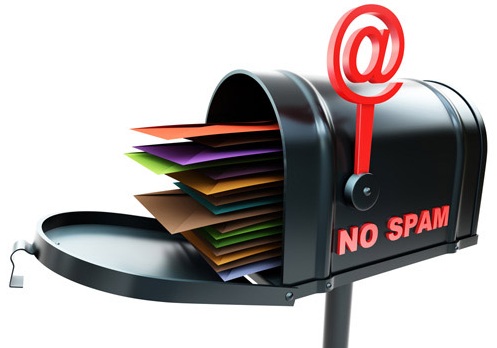 Any successful email marketing strategy starts with building a strong, targeted and qualified email list. If you are only getting started with your email marketing efforts, chances are you still have a fairly small list. Don’t worry because there is nothing wrong with that. Everyone has to start somewhere and in time, you will be able to grow your small list to something bigger. Just make sure that you collect email addresses. There should also be an opt-in form added to your site and blog.
Any successful email marketing strategy starts with building a strong, targeted and qualified email list. If you are only getting started with your email marketing efforts, chances are you still have a fairly small list. Don’t worry because there is nothing wrong with that. Everyone has to start somewhere and in time, you will be able to grow your small list to something bigger. Just make sure that you collect email addresses. There should also be an opt-in form added to your site and blog.
You can also add a link to a landing page having this opt-in form on your social media profiles so that new people will be able to sign up to join your email list. We recommend you to check OptinMonster (www.optinmonster.com/) and SumoMe (www.sumome.com/) for opt-in forms. We suggest you have a look to www.leadpages.net/, Unbounce (www.unbounce.com/) and InstaPage (www.instapage.com/) for landing pages’ creation.
One of the best practices in email marketing is to include information together with the signup form to let your new subscribers know how you plan to email them, whether it would be twice a week, once a month or any other timeframe. It should also include the type of information you will send. This way, people will know instantly what they are signing up for the moment they opt in. It also sets expectations so there will be no surprises down the road.
Start Small
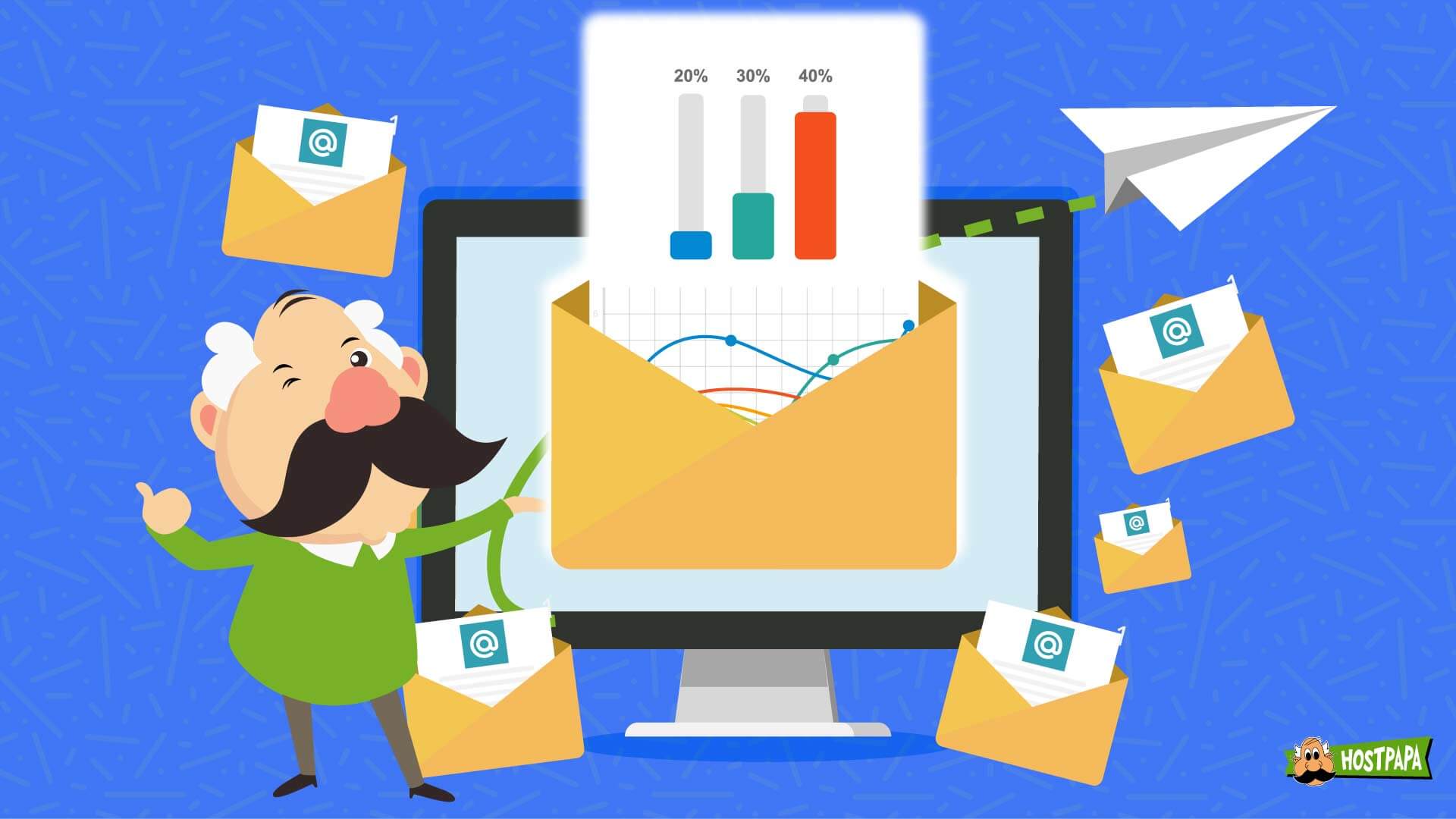 Are you clueless on how often you will send your emails? Again, it is better to start small.
Are you clueless on how often you will send your emails? Again, it is better to start small.
You can email subscribers once or twice every month or more often if this is what you offered during their sign up.
We recommend you to not send an email every day (Except if you told your subscribers when they signed up that you would do that).
We recommend starting with 1 email a week (not more than 2 emails a week) or 2 emails a month. It is imperative to send only as what you promised. In case you have to increase this frequency later on or during busy seasons such as the holidays, you can send an email to your subscribers and let them know ahead of time what to expect.
Segment the Email List
Segmenting your email list will help you boost your email marketing ROI. It doesn’t matter if you got just 20 or 50 people included in your list. It is never too soon to start segmenting the list depending on the specific type of information people are searching for. For instance, local customers who are interested in workshops or events may go to a different list compared to those living out of town. You might like to offer three different items for three different groups. In this case, it is an ideal time to start tailoring your marketing to particular groups of people, providing information specific to them and not a one size fits all approach.
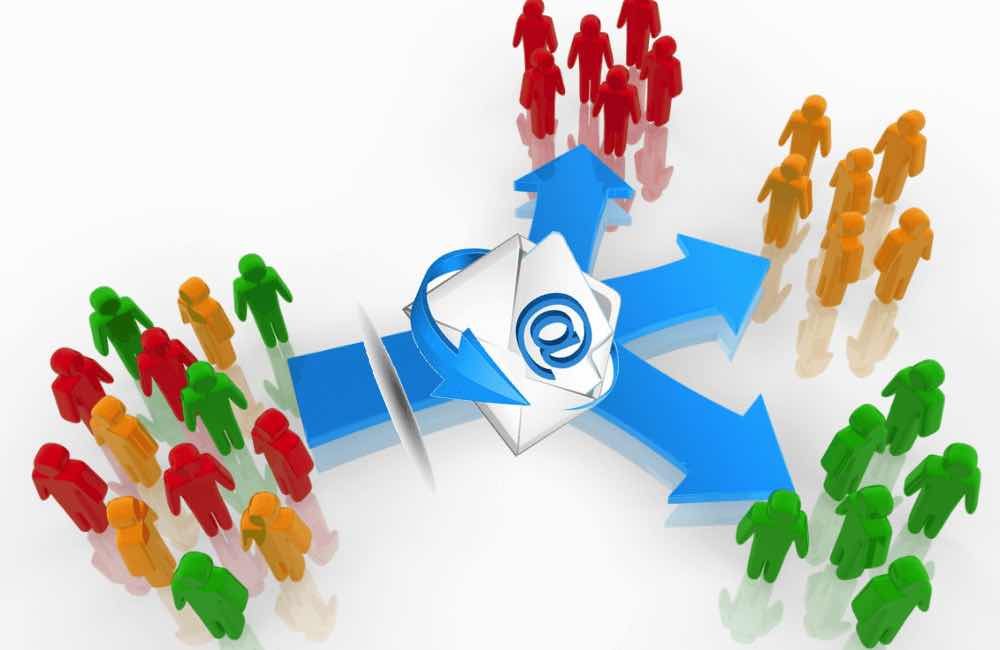 You can also segment your list by how hot is a lead. Let me explain. Let’s say you send 5 emails to 2 different people. 1 of them opened all the emails and clicked on several call-to-action (CTA) in your emails while another didn’t even open one email. You can consider that the person opening every email is a hotter lead than the other.
You can also segment your list by how hot is a lead. Let me explain. Let’s say you send 5 emails to 2 different people. 1 of them opened all the emails and clicked on several call-to-action (CTA) in your emails while another didn’t even open one email. You can consider that the person opening every email is a hotter lead than the other.
Then, you can segment them into 2 groups:
- About the one reading all your emails, you could send him/her some offers and try to convert this lead into a sale.
- About the one not opening the emails: try to send him/her different kind of emails with new subject lines (The subject line is why people open emails). We will talk more about testing below.
Always Do What’s Best for your Subscribers
You might receive emails from chain clothing shops every day, updating you what is on sale and telling you what to purchase. This is how the big stores do with their email marketing. This strategy works well for e-commerce shops or large organizations. This is pretty successful for them but for small businesses, startups or non-e-commerce websites, there will always be different expectations.
If you try too hard to imitate big companies, you might end up getting in trouble. People may become annoyed or even irritated with the large volumes of emails. Tons of messages urging to buy can put off and annoy people. Try to combine useful messages together with informational content for your email marketing campaigns. Think about your subscribers. Put yourself in their shoes. Would you be interested in the emails you send? Are your emails useful? Do your emails look like spam? Would you be happy to receive such emails? Answer those before sending any emails.
Do Not Mislead Your Subscribers
Once you promote an email as a newsletter, make sure that it’s exactly what you are sending. Your consumer can see when they are being sold to or lied to. If you overstep the mark, you might alienate your subscriber forever. When somebody signs up to the newsletter, they establish an expectation. Manage the expectation through explaining exactly what they will get from you and how frequent.
Manage Expectations
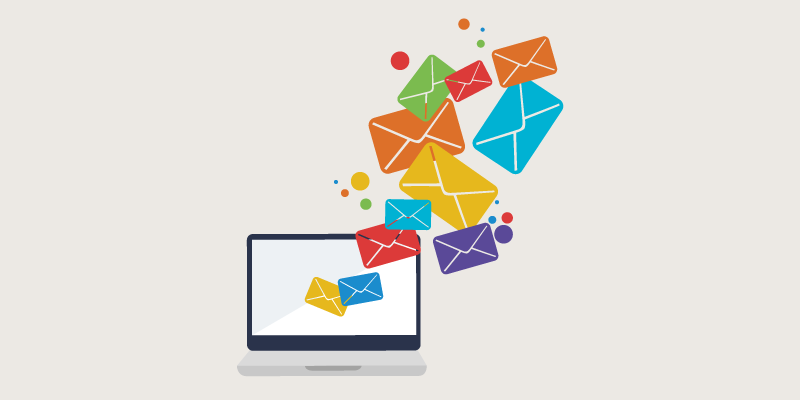 In terms of email marketing, it is crucial managing expectations. It’s up to you to set the expectations of your consumers. If you have an effective call to action with a great follow up, you must be able to execute and create a strong campaign. But, if you make promises in sending an email every week and you end up sending daily, you will likely end up with failure. Subscribers will be disappointed because you lied to them and they will most likely unsubscribe.
In terms of email marketing, it is crucial managing expectations. It’s up to you to set the expectations of your consumers. If you have an effective call to action with a great follow up, you must be able to execute and create a strong campaign. But, if you make promises in sending an email every week and you end up sending daily, you will likely end up with failure. Subscribers will be disappointed because you lied to them and they will most likely unsubscribe.
On the contrary, once you promise daily updates to sign up and get lazy and you only send once a month, the recipients will lose interest and might unsubscribe too. That is the reason why following up with people who sign up for your email list is essential.
Respect your subscribers and do what you promised them.
Look for Your Unique and Relevant Voice
 Being a small business owner, an entrepreneur, a marketer or a startup founder, the tone you use may be a bit more conversational compared to the emails sent by big businesses and organizations.
Being a small business owner, an entrepreneur, a marketer or a startup founder, the tone you use may be a bit more conversational compared to the emails sent by big businesses and organizations.
Of course, it depends on your type of business and industry. Spend time to find the unique voice of your company to ensure that all your messages will hit the right mark.
If you are a startup selling Halloween costumes, don’t start your email by “Dear Mr…”; if you are a bank offering a loan, don’t start your email by “Hey mate, what’s the crack?”. We guess you know where we are going with this. Find your unique voice but your voice needs to be relevant to what you offer.
If you don't have any ideas for your email marketing campaigns, we suggest you have a look to those 15 bright ways to make your emails interactive and engaging and grab attention.
Practice Consistency
One of the common mistakes of newbies (Or even experienced marketers) in email marketing is just sending an email every time they have something to say. However, it would be better if you will email on a regular basis.
Not making your presence felt for even just a few months might confuse readers and they may forget about the business altogether before you decide to hit send after nine weeks. For instance, if you send an email every Thursday, try to stick to it.
Being consistent and having your branding inside your emails is important.
Days and Time are important
The days and the time you send your emails are important.
We cannot give you a perfect time or day to send your emails because this will depend on many factors:
- Which timezone most of your email subscribers are on.
- What are your niche and your target? We mean if you sell snacks and alcohol to millennials, you might want to send your emails on Thursday or Friday after class or Saturday afternoon whereas if you sell a Fintech solution to banks, you might want to send you email between Tuesday and Thursday from 10am to 3pm.
- What time converts the most.
- …
Offer Quality Content
We will not repeat it enough: creating and providing quality content is key! You might think this is one of those digital marketing tips for startups you've heard over and over again; so, you can dismiss it. You're wrong if you think that. Why does successful entrepreneurs and marketers tell you to create quality content? Because this is crucial.
 Also, a mistake you have to avoid at all costs is constantly sending sales pitches to readers. Take note that there is more to send out emails than putting photos of your product and telling them to buy it since people will never bother to look at the email if you will not spend a bit of time to write it. So, post highly valuable content that your readers would benefit from and are interested in, regardless if they use your product or not. Such things like product help, tips, and how-tos are popular kinds of content. You can from time to time send a “sales” email but you need to diversify them.
Also, a mistake you have to avoid at all costs is constantly sending sales pitches to readers. Take note that there is more to send out emails than putting photos of your product and telling them to buy it since people will never bother to look at the email if you will not spend a bit of time to write it. So, post highly valuable content that your readers would benefit from and are interested in, regardless if they use your product or not. Such things like product help, tips, and how-tos are popular kinds of content. You can from time to time send a “sales” email but you need to diversify them.
For your email marketing campaigns, the Pareto Principle (80/20 marketing rule) works well:
- 80% of your emails could be content, 20% could be sales.
- Same apply for your content: 80% of your content should bring help and be insightful while 20% of your content should sell your product, startup or business.
If you want to improve your email marketing campaigns, we recommend you try adding videos to your emails.
Readability Matters
You want your messages to be readable, whatever the device your readers are using or how much free time they have. Using subheadings and bullets makes your email easy to scan. For instance, if somebody’s checking messages quickly on their phone while taking a cab to work, you don’t want to send that person a very complicated email to read.
We usually recommend making short emails because people don’t have time (and patience) to read long emails. But, this also depends on your target audience. Maybe your target audience prefers long emails. Aside from that, ensure to break up long paragraphs into shorter ones for you to make the material more digestible.
Proofread and Edit
Let your co-workers or contacts glance at your messages before sending them to avoid any broken links, typos or some errors after the emails hit the inbox of your subscribers. Sending emails with grammatical mistakes or with broken links will give you a bad image.
Testing
A web search about internet marketing can give you different information on how you can market to all your readers. The thing is that there is no approach that works for each business. Since nobody can provide you the ideal blueprint for your email list, testing is the essential thing. You will never know if someone will read your email before sending it. You can make assumptions but eventually, you will need to test.
Analyzing these following from time to time can be of great help:
• Subject Line
 Do you prefer emails with tons of information in the subject line or those with a bit? If you have hundreds or thousands of email addresses, A/B testing (Split testing) will help you analyze 2 different subject lines for the same post to see which would get a better response. There could be particular subject lines for your list that you would like to test too. You can also test adding emojis in your subject lines. This doesn’t work for every industry but if you aren’t in banking or insurance, you can definitely experiment.
Do you prefer emails with tons of information in the subject line or those with a bit? If you have hundreds or thousands of email addresses, A/B testing (Split testing) will help you analyze 2 different subject lines for the same post to see which would get a better response. There could be particular subject lines for your list that you would like to test too. You can also test adding emojis in your subject lines. This doesn’t work for every industry but if you aren’t in banking or insurance, you can definitely experiment.
• Subject Matter
Take a look at the open rate on the emails to know if there are any surprises. There are also cases that some think they are interested in reading details about particular topics, Therefore, pay attention on which emails are often read and which are not, so you will be able to modify the subjects you cover properly. Your readers might even change their preferences and interests over time.
• Length of Email
There is no cookie-cutter answer for the best length for emails. It may differ depending on the message as it depends if it is an offer, a newsletter, another message or an invitation. You may also combine your email length with some sweet and short messages and some more comprehensive reads.
• Counting Clicks
 Including the links to the areas or products of your website will help you know what your readers like. All you have to do is to see the number of clicks on every link.
Including the links to the areas or products of your website will help you know what your readers like. All you have to do is to see the number of clicks on every link.
• How Often
The best recipe to succeed is through sending to your email list regularly. Stick with what you have promised when your subscribers signed up and change this as needed as your company dictates.
• When
As we said previously, the days and the time you send your emails are important. But again, you can make assumptions and guesses, you will not know when is the best time or the best day to send an email if you don’t test it. You might think sending an email on Tuesday at 10am makes more sense than on a Saturday at 11pm but the only way to make sure is to actually test.
• Image or no image in your email?
Again, there is no right answer for this. It really depends on your product. Usually, plain-text emails tend to have more clicks on the CTA because these kinds of emails will feel more personal. However, if you sell a dress or posters, including pictures makes sense. A/B testing will be the key to know what works best for your subscribers.
Diversify your types of emails
As we just said, you need to test your emails but you also need to diversify your emails. Don’t only send a newsletter covering the latest updates of your product. Don’t only send blog posts directing to your website. Diversifying the kind of emails you send should be part of your testing. For instance, you can send drip email campaignsexplaining the benefits of your product, send tutorials, tips, blog posts, videos, free e-books, limited offers or discounts, holidays’ greetings…
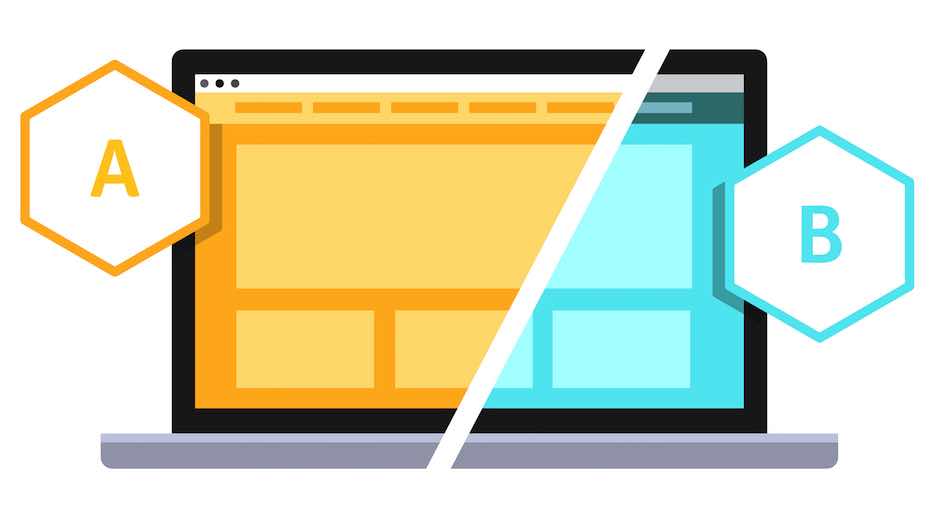 By diversifying your types of emails, you will discover what works and what doesn't with your audience. For example, if you prepared several drip email marketing campaigns, you will quickly see the conversion rates of those and be able to adapt accordingly. By the way, if you don't use drip marketing yet, we recommend you to start building a campaign soon. Drip marketing provides great results.
By diversifying your types of emails, you will discover what works and what doesn't with your audience. For example, if you prepared several drip email marketing campaigns, you will quickly see the conversion rates of those and be able to adapt accordingly. By the way, if you don't use drip marketing yet, we recommend you to start building a campaign soon. Drip marketing provides great results.
Pro Tip - If you don't do it yet, we recommend you to create a cart abandonment email strategy: this will allow you to increase your sales.
Analyze and Optimize
Don’t forget to pay attention to stats and reports.
In order to succeed with your email marketing campaigns, it's crucial to be data-driven. What is your email opening rate? What is your email clicking rate? How many subscribers drop off or unsubscribe? How many emails bounce? How do you compare to other companies in your industry? Do you send emails too often? Do you send the right information? Are your subject lines attractive? Are your CTAs good enough? These are basic questions you need to ask yourself if you always want to improve your email marketing campaigns.
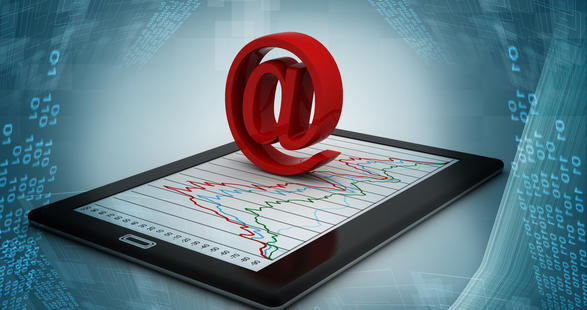 For great email marketing campaigns, it’s necessary to regularly analyze your results for every campaign’s segment. This will allow you to distinguish the effectiveness and make tweaks to improve the strategy along the way. Your open rate will tell you all about the quality of your subject lines. The click through rate, all about your CTA; the number of unsubscribers, all about the quality of your content… Tracking your email results is key and will tell you how good you’ve built a relationship as well as established expectations.
For great email marketing campaigns, it’s necessary to regularly analyze your results for every campaign’s segment. This will allow you to distinguish the effectiveness and make tweaks to improve the strategy along the way. Your open rate will tell you all about the quality of your subject lines. The click through rate, all about your CTA; the number of unsubscribers, all about the quality of your content… Tracking your email results is key and will tell you how good you’ve built a relationship as well as established expectations.
For instance, if the email opening number is low, it’s like people aren’t opening your emails (and deleting them once they get them) or that your emails are sent to spam. It just means that you have to work on your email’s subject headlines and providing more value or managing expectations. Worse case scenario, you sent too many spams before or unsolicited emails from your emails and your emails are flagged as spam. If this is the case.
Your CTR (Click Through Rate) will show you whether or not you’ve targeted your email. If it’s extremely low, you might have to enhance your email’s copy. Lastly, if the rate of people unsubscribing from your list, you have to consider re-working on your email marketing campaign as you might have done something wrong whether not giving enough value and not providing valuable and relevant content or something else.
The Bottom Line
It is tempting to feel like you are done once you created your email marketing campaign and delivered it to each of your subscribers, yet you have to remember that it’s just the start. The bottom line is that your email marketing campaign is not done once you hit the send button.
Spend some of your time seeing what your readers or customers like and what they are interested in, which items they buy or look at, which articles they are reading, which links they are clicking, and much more. If you aren’t paying attention to people reading the emails, your email marketing campaigns will not be successful.
Also, having a strategy for your email marketing can make a huge difference in getting the best results and adding a few email marketing growth hacks can definitely help you improve your email marketing campaigns.
So, how can you create great email marketing campaigns?
At first, you need to select the right email marketing tool that fits your needs, goals and budget. Then, you have to think of email marketing as a full marketing campaign. Email marketing may become your best channel to convert leads into sales. Therefore, what we mean is that you should define a marketing strategy for your emails. You need to know your audience, get permission from subscribers, be honest by sending to subscribers what they signed up for… In order to achieve great emails marketing campaigns’ results, you need to A/B test your emails (Subject line, CTA, formats, length…) and analyze the results. To be successful, your email marketing campaign needs to be optimized along the way.
Addition:
- 10 Tips to Do Email Marketing for Financial Advisors
- The Most Common Questions About Email Marketing
- 6 Steps to Writing a Professional Email Response
- How to Export LinkedIn Contacts With Emails
- GetResponse vs MailChimp – The Guide You Need to Pick the Right Email Marketing Tool
- Phishing as a Way to Check Email Deliverability
- Email Automation for Ecommerce
- Why Protecting Your Emails From Spam Is Crucial to Your Office 365 Email Security
- The Importance of Email Authentication for Marketing Campaigns
Thank you!
Subscribe to our newsletter! Join us on social networks!
See you!

